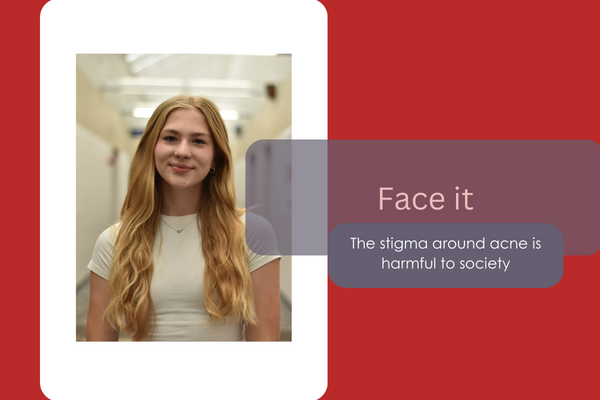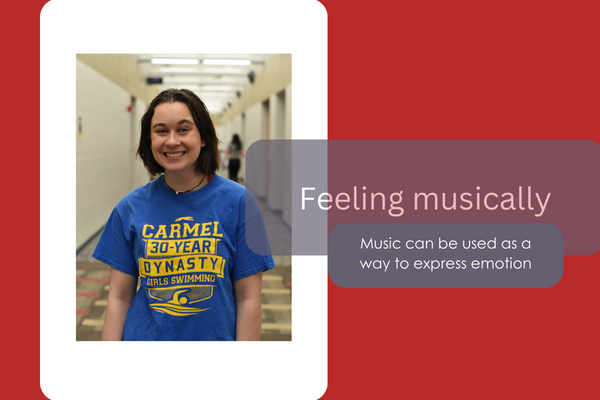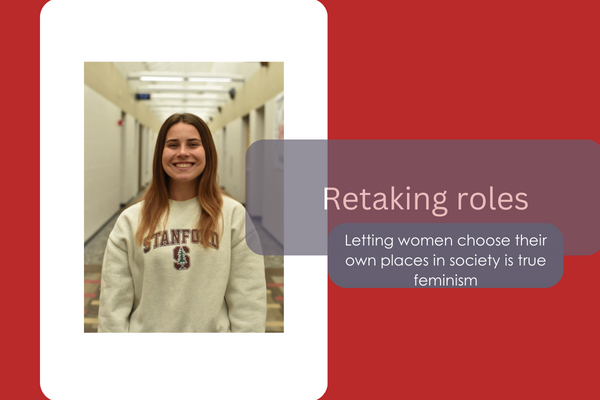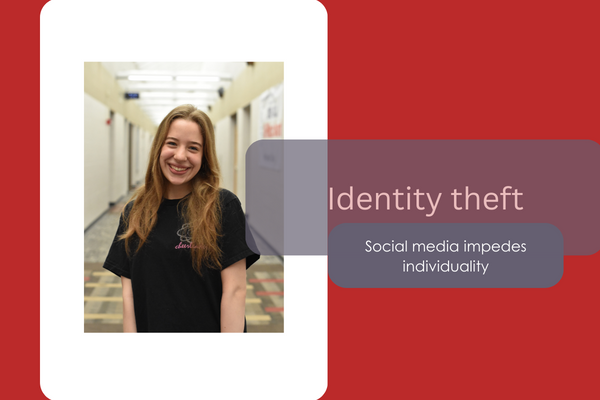‘Zoos aren’t fit for animals’
Rehabilitation should be more important than making a profit
Throughout my entire life, I’ve always loved animals. I enjoyed going to the local zoo as a kid. Going early in the morning and seeing all the animals, whether they were waking up or already out and playing, is quite possibly one of my favorite memories from my childhood. I thought that I would enjoy it all forever.
Except I didn’t.
Last year, I opened my eyes to the reality of zoos. I remember looking into the tiger exhibit at the Indianapolis Zoo. I thought to myself, “This space is way too small for them.”
The fact of the matter is, zoos aren’t fit for animals. To a lot of people, the zoo is a fun place to go where they get to look at new species of animals that they wouldn’t normally see where they live. But that’s not how it really works.
I’ve found that zoos exist mainly for profit. According to “Falling in love with wildlife” by Jenny Gray, zoos will use different strategies to bring people in, but a lot try to form emotional connections between the animals and the people, such as babies or other marketing strategies.
In 2009, Melbourne Zoo had a campaign that would prevent the use of palm oil, which is a major factor in orangutan extinction. Palm oil would be labeled on all food products in Australia to bring attention to the plight of the species. In just a year the campaign had 167,000 signatures.
While yes, this is a campaign to bring awareness to palm oil and the effects it has on orangutans and the environment, it’s still exploiting the animals and using them to bring more money into the zoo.
Other places, such as the Indianapolis Zoo, have a different approach. They’re using several of the baby animals that are born to bring new visitors in. On their website there is an entire section entitled “Zoo Babies” in which you can read a short description of each new animal that has been born.
Now don’t get me wrong, baby animals are adorable and I fully support bringing them into the world. It’s good for different species, especially ones that are lower in population.
With that, I don’t think breeding these animals and using them for profit is acceptable. If, like I said, it’s an endangered species and the goal is to repopulate, that’s great. What bothers me is when people are doing it just for profit. What happens when the animals grow up and there’s no space for them anymore? The same thing that happened at the Copenhagen Zoo.
The Copenhagen Zoo in Denmark has bred animals and killed older ones solely for profit. In 2014, the zoo killed a healthy 2 year old giraffe named Marius and proceeded to cut up his body in front of the public eye and feed him to the lions.
In an interview with Copenhagen Zoo’s scientific director Bengt Holst, he stated that the zoo had a surplus of giraffes and putting them down is something they supposedly had to do every day, just not to the public.
This isn’t the only time that Copenhagen Zoo was in the news for killing their animals. Just weeks after putting Marius down, the zoo killed four lions in order to make room for a new male lion that they wanted to breed.
According to OneGreenPlanet, breeding animals for profit is a very common thing with zoos. They’ll do so even if they don’t have the room necessary for these animals, creating a “surplus.”
While there are zoos who claim to be rehabilitation centers for animals and that they’re helping them, most of the zoos do so to the point where the animals can no longer live in the wild. The fact that they’re nursing injured animals is true, but with that, the animals are conditioned to live in captivity and can’t take care of themselves anymore.
In Walt Disney World in Orlando, Florida, there is a reserve for animals called “Harambe’s Wildlife Reserve.” When I went, getting in a car and going on a safari across the 100 acres of land brought back some faith in humanity for me.
The Harambe Reserve is one of the amusement park’s most iconic attractions, housing 34 species of animals from all over the world, similar to a zoo.
What I like about the Reserve is that while the animals are technically in captivity, the park simulates the animals’ natural habitats and separates them with natural or hidden borders including moats, electric fences and other water features.
Disney also does not breed these animals. There are babies being born, but that is solely from the animals mating with each other.
Now there’s no ideal zoo, but one of the best animal sanctuaries I’ve found is the Elephant Nature Park in Thailand.
Since its opening in 1998, the park has had the goal to provide homes for the elephants while also contributing to their welfare and development.
The park has four main goals: to aid the elephants and give them homes, to restore surrounding rainforests, to preserve the culture of the people around the park and to educate visitors.
Now, more zoos are turning their attention to aiding animals and switching their focus to preserve animals. Animals aren’t made to live in a tiny room so we should treat them that way.
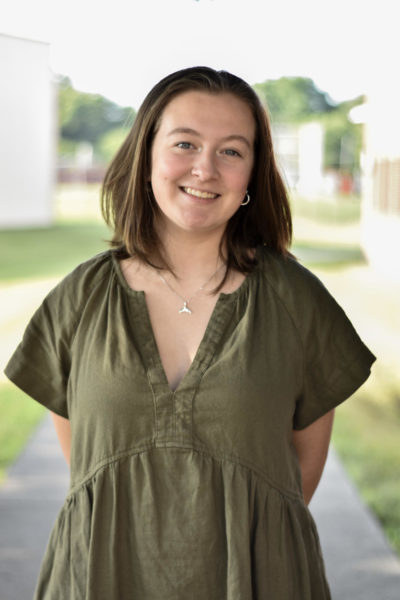
Wow. Hey guys! For the third and final time on staff, my name is Gretchen. It’s almost crazy to think about it being my last year because yesterday I...



